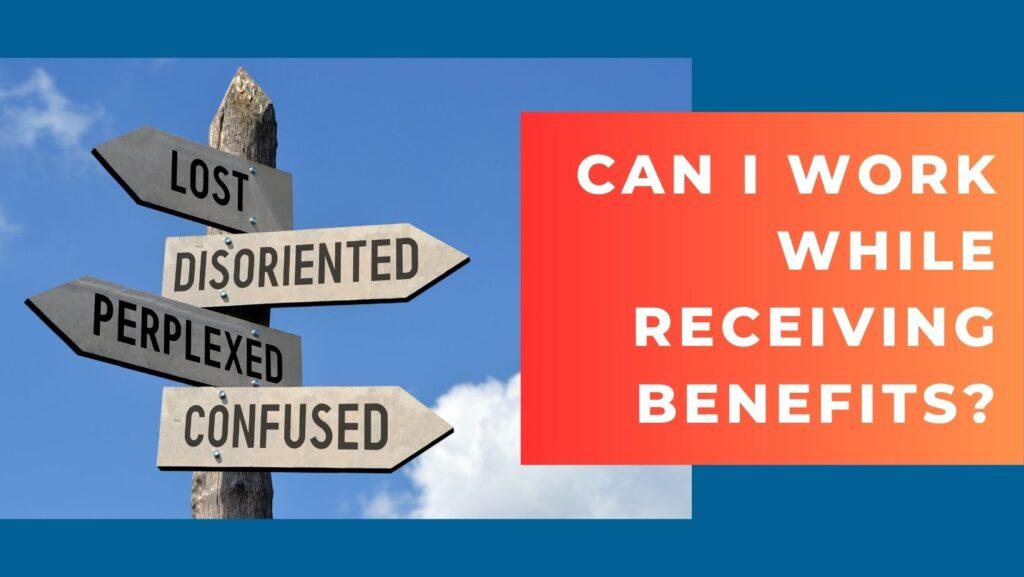Questions we hear all the time at our office are:
Can I work while I’m pursuing disability benefits?
Or what if I’m already receiving benefits—will working make me lose them?
Will I lose my disability if I work?
The short answer? Yes, you can work, but you need to tread carefully and understand the rules.
Let’s break it down in plain language so you know what to expect and how to protect your benefits.
Working While You’re Pursuing Disability Benefits
If you’re still waiting for your disability claim to be approved, you can work as long as your monthly gross income stays below what the Social Security Administration (SSA) calls the Substantial Gainful Activity (SGA) threshold. For 2025, the threshold is $1,620 per month.
Why does this matter? Because earnings above the SGA threshold tell Social Security that you’re capable of working and likely not eligible for disability benefits.
Here’s the catch: The SGA threshold changes every year with Cost of Living Adjustments (COLA). So if you’re working while waiting for benefits, keep a close eye on that number.
Working After You’re Approved for Disability Benefits
Once you’re approved for Social Security Disability benefits, the rules change a bit. In 2025, the magic number you need to remember is $1,160 per month.
If you earn over $1,160 per month, it kicks off what SSA calls a Trial Work Period (TWP). Here’s how it works:
- You’re allowed 9 months of earning more than $1,160 over a rolling 5-year period.
- Those 9 months don’t have to be consecutive—SSA counts every month you earn over the TWP limit.
- Once you hit 9 months of work over the threshold, your benefits can be discontinued.
The Trial Work Period is there to encourage people to test the waters of returning to work without immediately losing their benefits. If you’re feeling better and want to give working a try, it’s a safety net—but it comes with strict limits.
Supplemental Security Income (SSI) Is Different
If you’re receiving Supplemental Security Income (SSI), the rules are a little different. SSI allows you to earn a small amount without reducing your payment, but after that, every dollar you earn reduces your SSI benefit by 50 cents.
Here’s an example:
- Let’s say you receive $900 in SSI benefits.
- If you earn $1,160 in a month, Social Security will reduce your SSI by just over $500. That leaves you with an SSI payment of around $400.
Unlike the Trial Work Period for disability benefits, SSI doesn’t have a 9-month cushion. So if you earn too much, your benefits will shrink quickly.
Key Takeaways
- Substantial Gainful Activity (SGA): If you’re waiting for benefits, keep your gross monthly income under $1,620 in 2025. https://www.ssa.gov/oact/cola/sga.html
- Trial Work Period (TWP): If you’re on disability benefits, earning more than $1,160 in 2025 counts toward 9 allowable work months within 5 years. https://www.ssa.gov/oact/cola/twp.html
- SSI Rules: If you’re on SSI, your benefits decrease by 50 cents for every dollar you earn over the minimal allowance.
- COLA Adjustments: These amounts change every year, so check the numbers annually to stay compliant.
When in Doubt, Ask for Help
The rules around working and receiving benefits can feel like walking a tightrope. Earning a little extra income can help you feel more independent—but it’s important to avoid accidentally jeopardizing the benefits you rely on.
At our firm, we’re here to guide you through the process. If you’re unsure about your work limits, benefits eligibility, or SSA’s ever-changing rules, don’t hesitate to reach out. We’re just a phone call away and ready to help you protect what’s yours.


